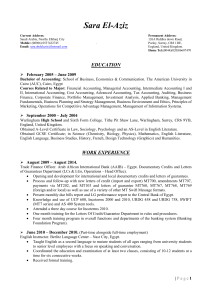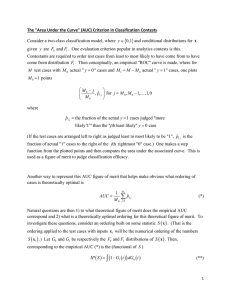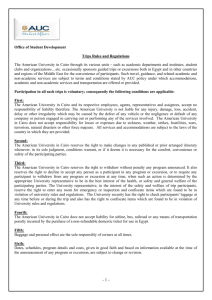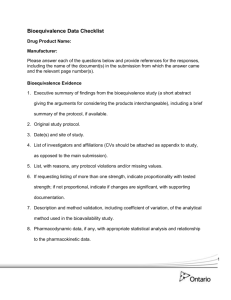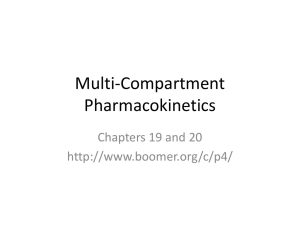More Information
advertisement
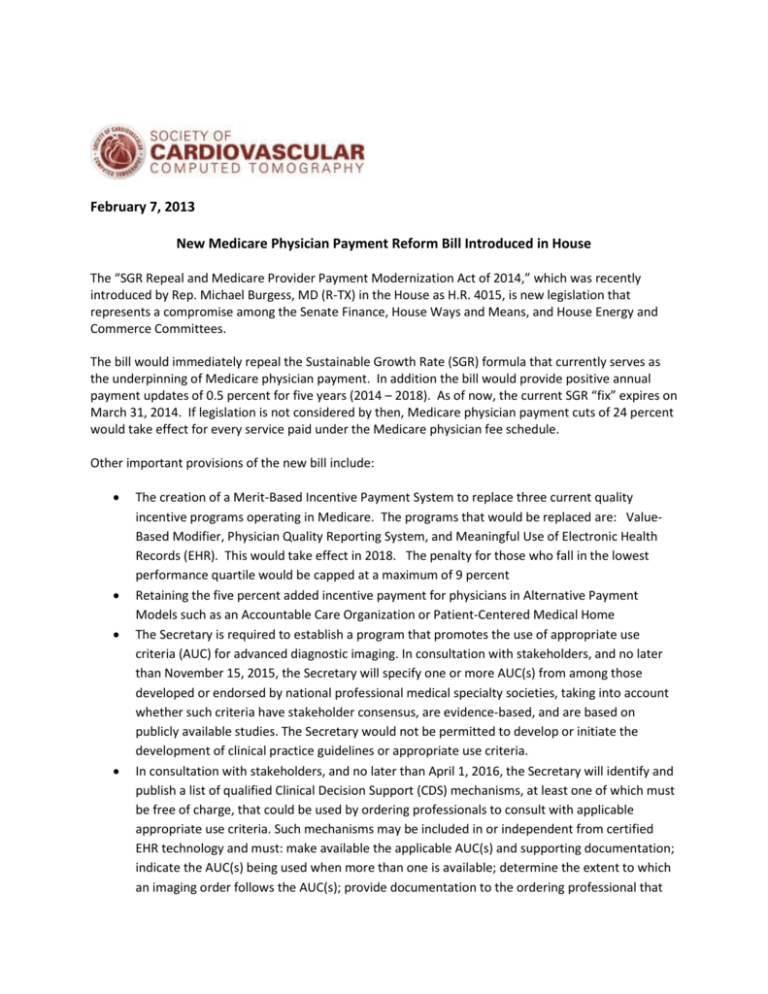
February 7, 2013 New Medicare Physician Payment Reform Bill Introduced in House The “SGR Repeal and Medicare Provider Payment Modernization Act of 2014,” which was recently introduced by Rep. Michael Burgess, MD (R-TX) in the House as H.R. 4015, is new legislation that represents a compromise among the Senate Finance, House Ways and Means, and House Energy and Commerce Committees. The bill would immediately repeal the Sustainable Growth Rate (SGR) formula that currently serves as the underpinning of Medicare physician payment. In addition the bill would provide positive annual payment updates of 0.5 percent for five years (2014 – 2018). As of now, the current SGR “fix” expires on March 31, 2014. If legislation is not considered by then, Medicare physician payment cuts of 24 percent would take effect for every service paid under the Medicare physician fee schedule. Other important provisions of the new bill include: The creation of a Merit-Based Incentive Payment System to replace three current quality incentive programs operating in Medicare. The programs that would be replaced are: ValueBased Modifier, Physician Quality Reporting System, and Meaningful Use of Electronic Health Records (EHR). This would take effect in 2018. The penalty for those who fall in the lowest performance quartile would be capped at a maximum of 9 percent Retaining the five percent added incentive payment for physicians in Alternative Payment Models such as an Accountable Care Organization or Patient-Centered Medical Home The Secretary is required to establish a program that promotes the use of appropriate use criteria (AUC) for advanced diagnostic imaging. In consultation with stakeholders, and no later than November 15, 2015, the Secretary will specify one or more AUC(s) from among those developed or endorsed by national professional medical specialty societies, taking into account whether such criteria have stakeholder consensus, are evidence-based, and are based on publicly available studies. The Secretary would not be permitted to develop or initiate the development of clinical practice guidelines or appropriate use criteria. In consultation with stakeholders, and no later than April 1, 2016, the Secretary will identify and publish a list of qualified Clinical Decision Support (CDS) mechanisms, at least one of which must be free of charge, that could be used by ordering professionals to consult with applicable appropriate use criteria. Such mechanisms may be included in or independent from certified EHR technology and must: make available the applicable AUC(s) and supporting documentation; indicate the AUC(s) being used when more than one is available; determine the extent to which an imaging order follows the AUC(s); provide documentation to the ordering professional that such consultation occurred; be updated to reflect revisions to the AUC(s); and meet applicable privacy and security standards. The mechanism may be required to provide feedback to the ordering professional regarding that professional’s aggregate adherence to applicable AUC(s). Beginning January 1, 2017, payment will only be made to the furnishing professional for an applicable advanced diagnostic imaging service if the claim for such service includes information: 1) showing that the ordering professional consulted with a qualified CDS mechanism; 2) as to whether the ordered service adheres to the applicable AUC(s); and regarding the national provider identifier (NPI) of the ordering professional. There are limited exceptions to this new requirement, such as emergency medical treatment or for physicians who meet hardship criteria Beginning with 2017, and in consultation with stakeholders, the Secretary will identify ordering professionals with low adherence to applicable AUC (s) (“outliers”) based on two years of data. Beginning January 1, 2020, outlier physicians shall be subject to prior authorization for applicable imaging services. Not more than five percent of ordering physicians can be subject to prior authorization. The Government Accountability Office (GAO) would be required to report to Congress no later than 18 months after enactment of this legislation regarding other Part B services for which the use of clinical decision support mechanism would be appropriate, such as radiation therapy and clinical diagnostic laboratory services. SCCT will keep you informed of important developments with this legislation. If you have questions or require additional information, please contact Carrie Kovar at ckovar@scct.org

